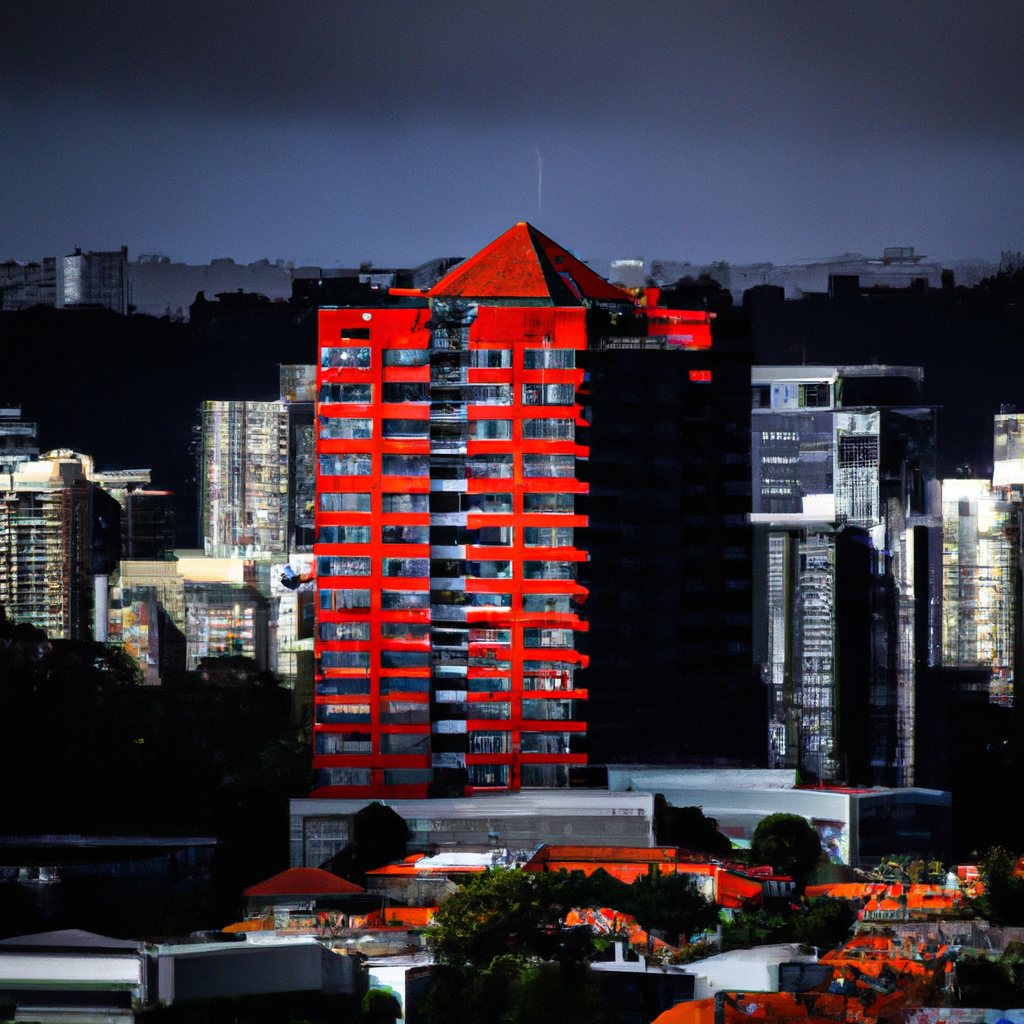 Generated by Dall.E
Generated by Dall.EWhen we enter an office we retreat from our customers. It doesn't matter where the office is, it's an artificial environment our customers will never inhabit. Offices insulate us from the worlds in which our customers make decisions.
Out of town business parks cut us off from high streets, parks, pubs and bars, cafes and restaurants. The sprawling tech campuses of Silicon Valley create small villages populated solely by employees. The perks and services available to make their lives easier further distance them from the people they are designing for. Even city centre office blocks, situated in the beating heart of culture, rise above them. They reduce the people we're designing for to distant specks. The windows don't open; we mask the buzz of the city with the hum of air conditioning.
It helps to get out of the office to speak to customers, to hang out where they hang out, to walk in their shoes. But the office location can make it difficult. Getting in a lift and badging out of the building can seem more effort than it's worth. Add in a drive to town and we're putting barrier after barrier between designers and customers. This isn't an experience we usually consciously design but it has an outsized influence on our work. How many times have you heard a customer journey that involves a person researching while on their commute? Meanwhile, more than half of the UK commutes by car.
Clydesdale Yorkshire Bank's Studio B, the innovation lab on the high street, was an effort to overcome this. Designers worked inside a bank branch. They could test ideas immediately with customers, staff, and strangers on the street. And I've always admired Huge Inc in Atlanta, who operated a public coffee shop on site where they could test customer experience ideas. Then there's the toy company whose leadership team (mostly late-middle aged men) meets in an office designed as a little girl's bedroom. It's not quite the same, but a good reminder of who they are making decisions for.
These are great designs that help our designs, but probably beyond our scope of influence. We deal in projects. And when project budgets get crunched, research is usually first on the chopping block. Inviting a few people from town to come talk to us in our London office is definitely better than nothing. Interviews over Zoom can net you a more diverse group of people to speak to. But taking a trip to a different part of the country, just for a day, to speak to people in the settings in which they make decisions or use your tool will more than pay itself back in the quality of your thinking and designs.
One more thing for when you're out and about. Take your headphones out, leave your phone in your pocket. Even if it's for just one morning a week. Stop listening to 99% Invisible and listen to what people are talking about, watch what they're doing. Talk to a stranger. I think it was John Hegarty, founder of advertising powerhouse BBH, who said: "No matter how successful you get, never stop taking the tube." London centricity aside, his point was valid. We have to do everything we can to remove the barriers between us and the people we're designing for.